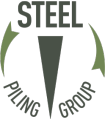It is important to be aware that hot rolled and cold formed sheet piles are not equivalent products. They are produced to very different standards. Importantly they differ significantly in:
- Method of manufacture
- Shape
- Interlocks
- Steel grade
- Water tightness
- Structural behaviour
- Design requirements
- Installation and
Due to these significant differences each type of pile is used for specific applications. Whereas hot rolled steel sheet piles are used for the main stream applications including cofferdams, retaining walls, basements and load bearing foundations, cold formed sheet piles are only used for the smaller type of applications listed below:
- Waterfront (wash protection)
- Small retained heights (usually non structural
- Temporary works
- Reinforcement of dykes and embankments.
Hot rolled and cold formed steel sheet piles are specified in BS EN 10248 and BS EN 10249 respectively. Most important omissions from the cold formed specification BS EN 10249 include:
- Pile dimensions,
- interlock definition,
- tolerances
- tested and proven declutching behaviour of interlocks
Watertightness is an important consideration for steel sheet pile applications. Whereas very high levels of impermeability can be achieved at the interlocks for hot rolled piles, this is not possible for cold formed piles. This is due to cold formed steel sheet piles having very loose interlocks. As the shape of the interlocks are not standardised, it is difficult to choose compatible sealants, hence these loose interlocks may not be fully sealed.
Structurally hot rolled sheet piles are most comprehensively specified, rather than cold formed sheet piles. Hot rolled sheet piles conform to EN 1993-5 for sheet pile walls which are required to be ‘continuous’ and ‘connected by interlocks’. This is not the case for cold formed sheet piles. Importantly, cold formed sheet piles are more likely to be class 4 sections which will require additional verification against local buckling. In addition, cold formed sheet piles cannot transmit forces between adjoining elements.
Installation poses numerous problems for cold formed steel sheet piles which are not present for hot rolled sheet piles. These include:
- Not designed to avoid declutching
- No standardised dimensions or fit
- Uncontrolled interlock swing
In conclusion, specification of the correct piling product is paramount in obtaining a fit for purpose structure.
Read about Common Uses
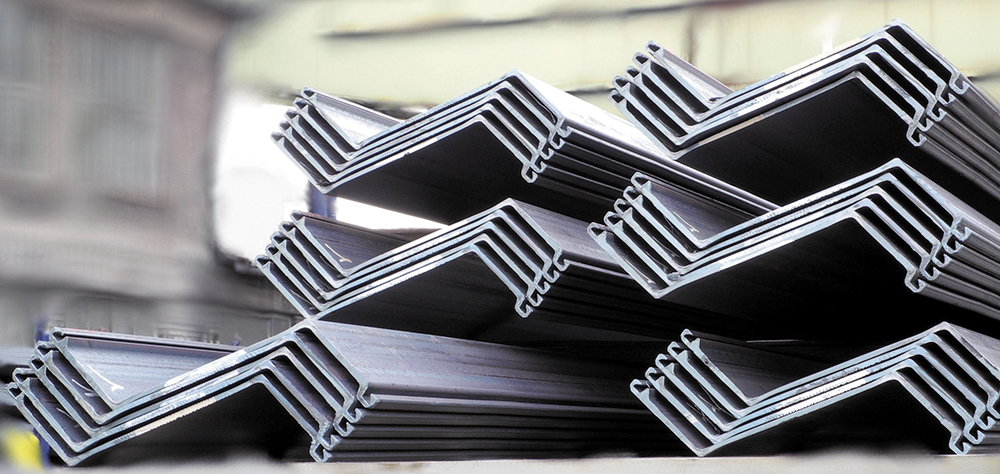
Case Studies
A selection of our work
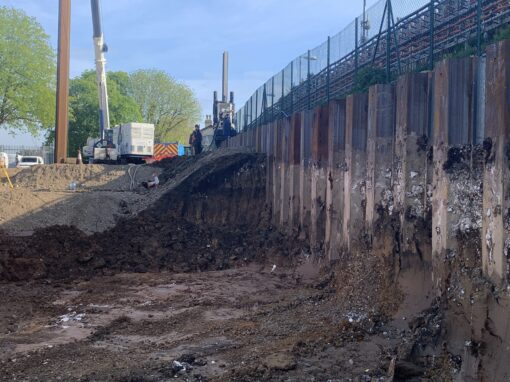
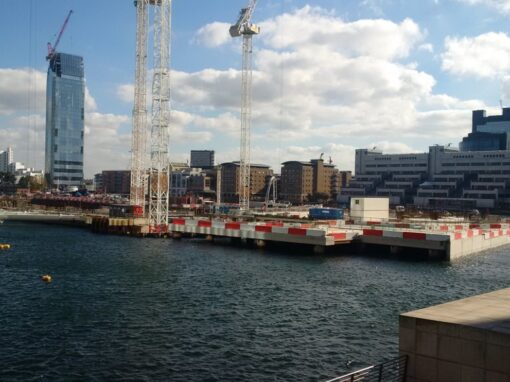
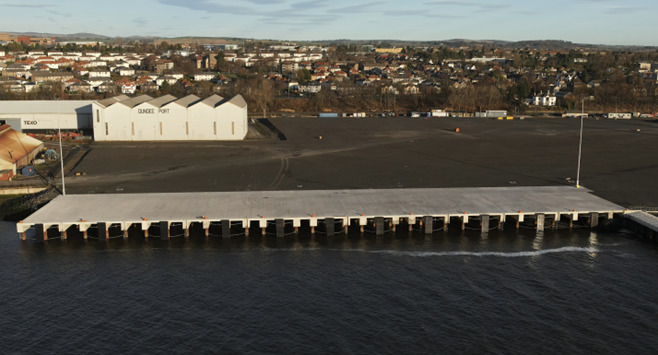
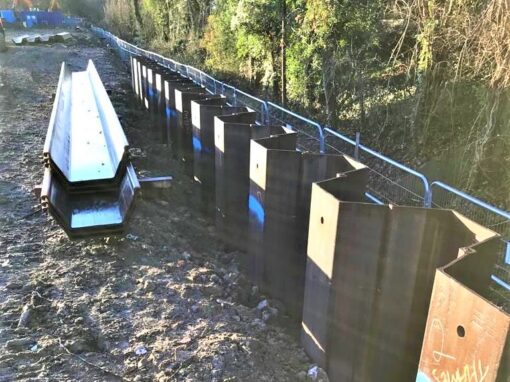
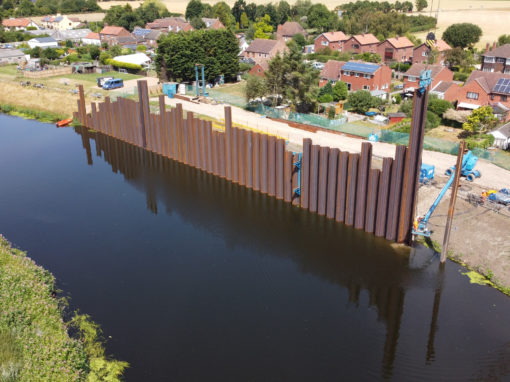
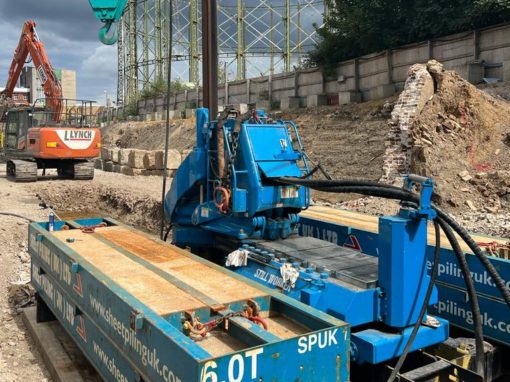
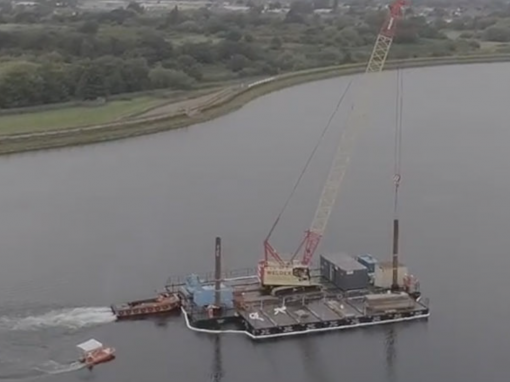
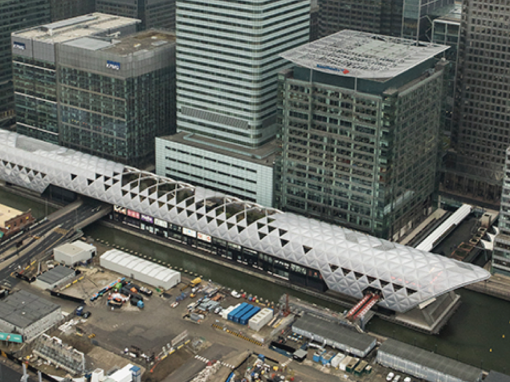
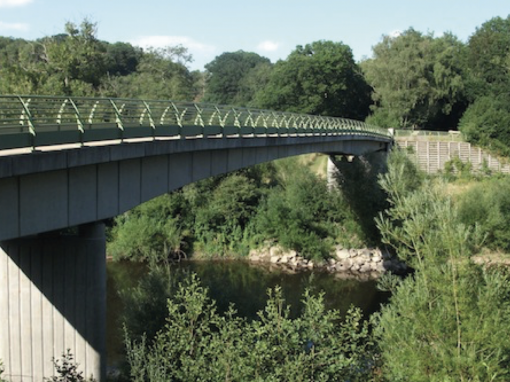
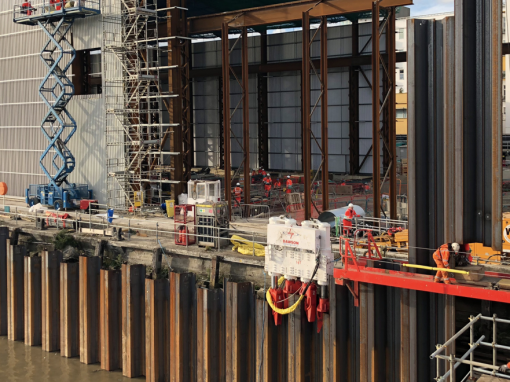

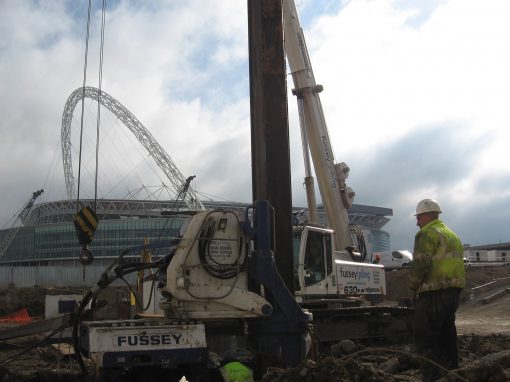

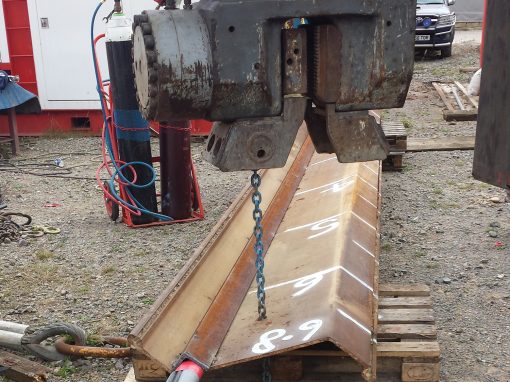
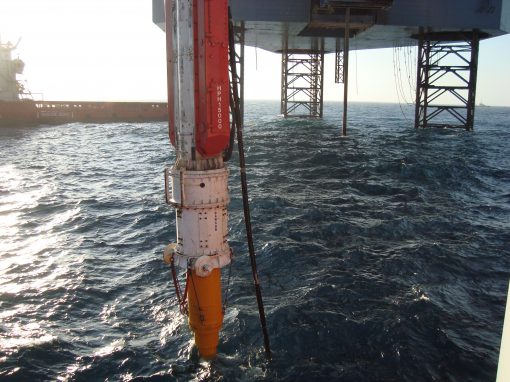
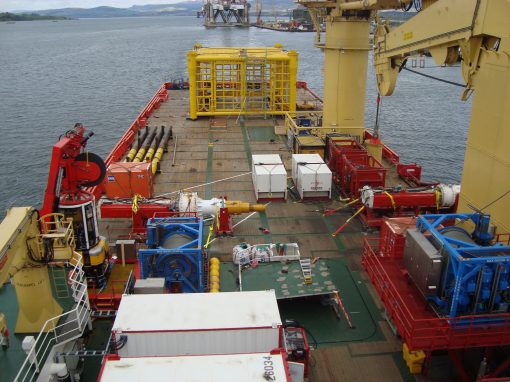
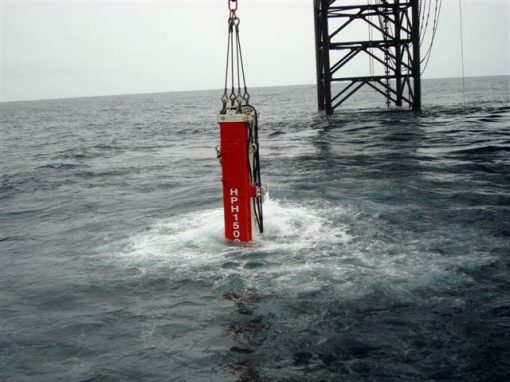
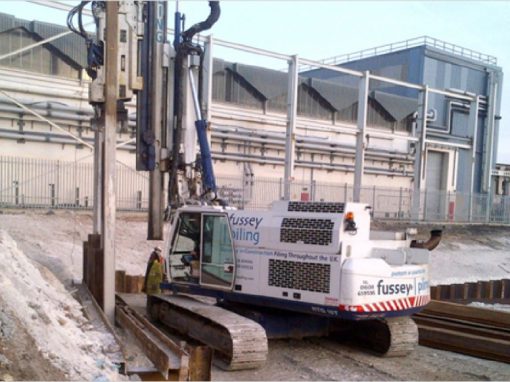
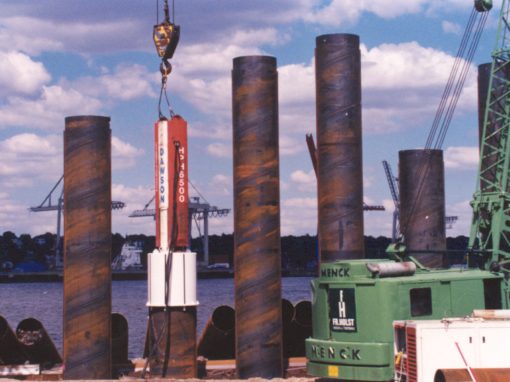
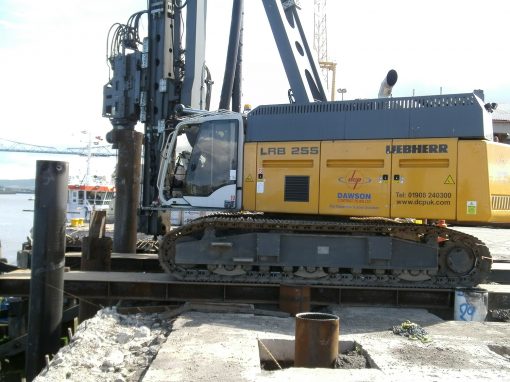
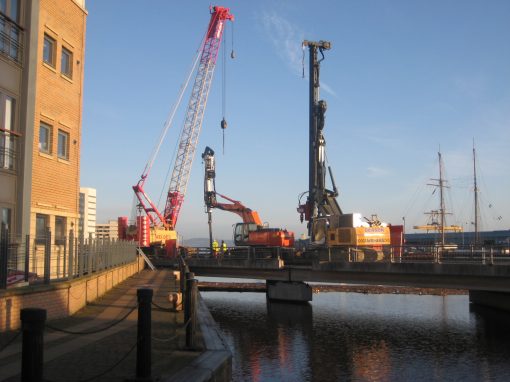
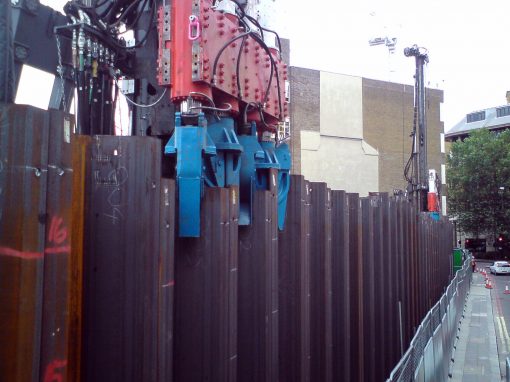
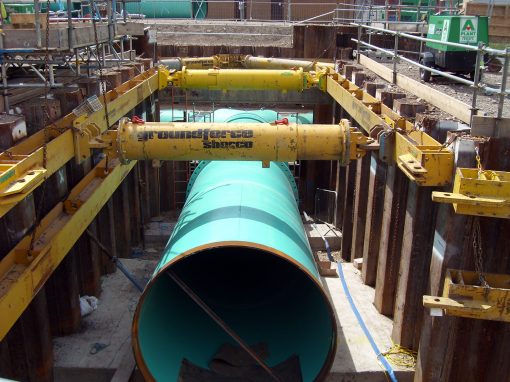
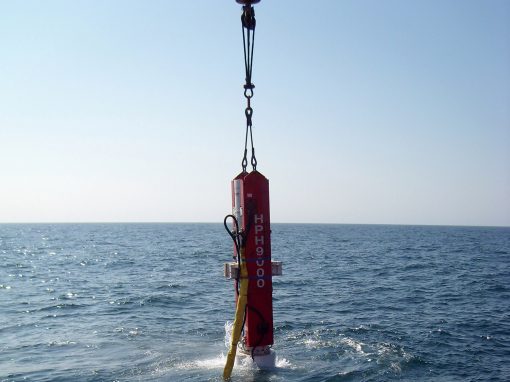
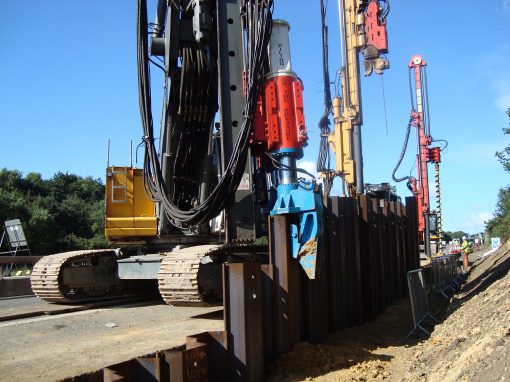
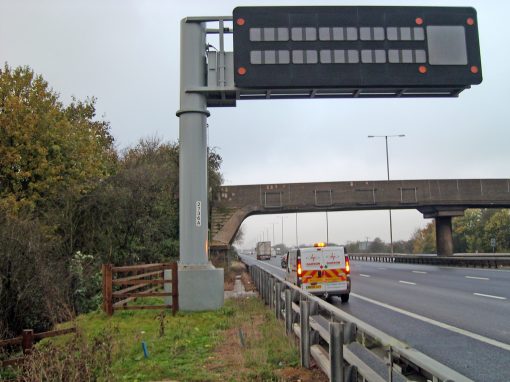
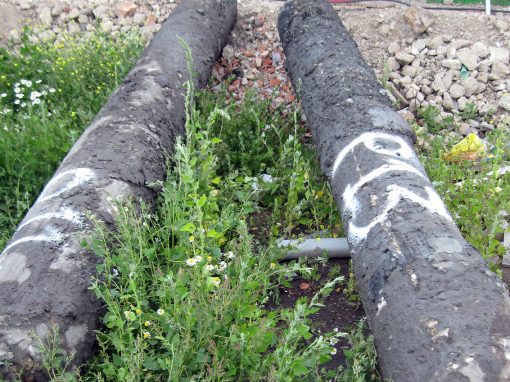
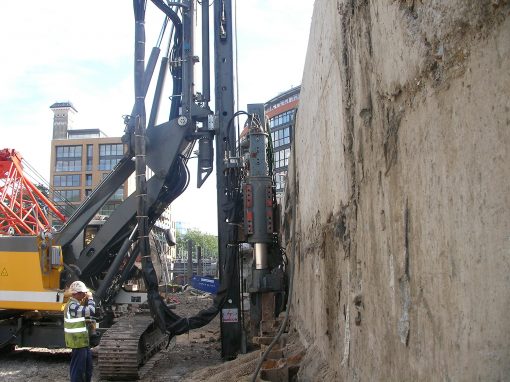
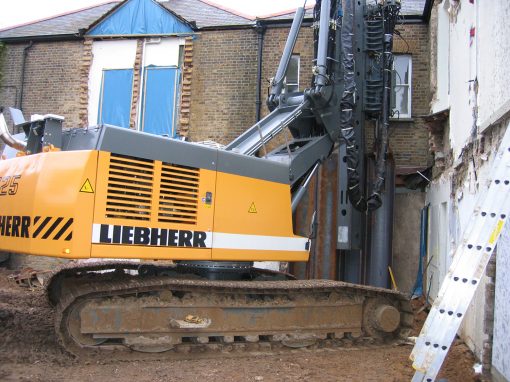
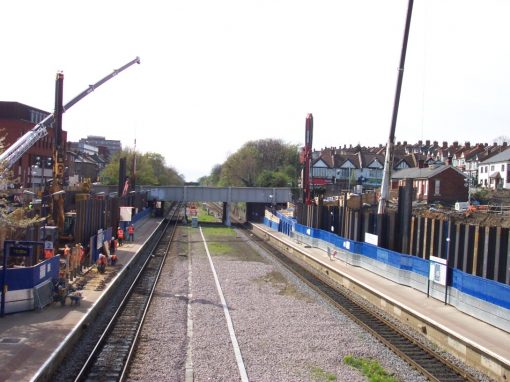
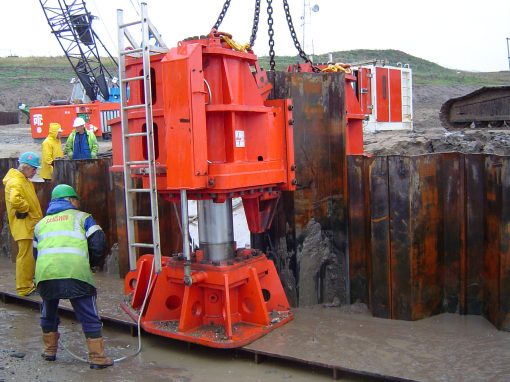
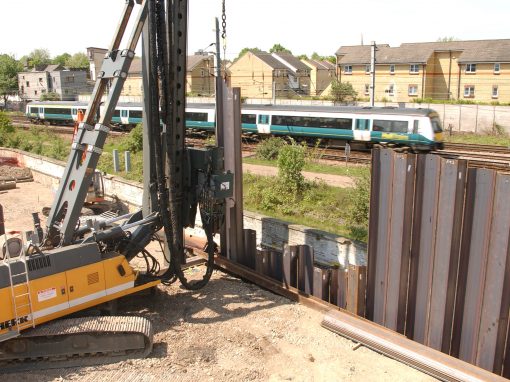
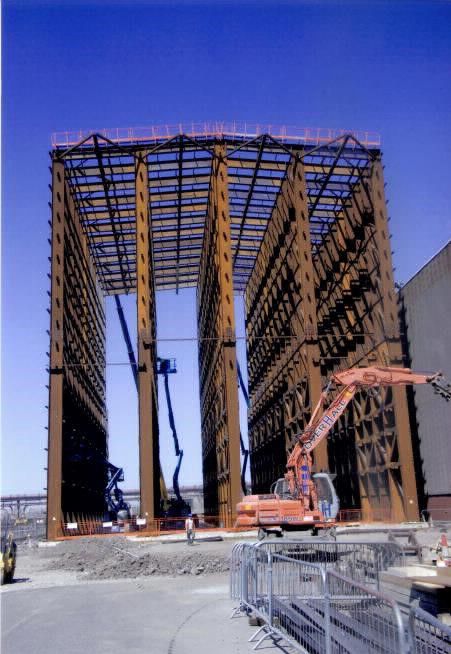
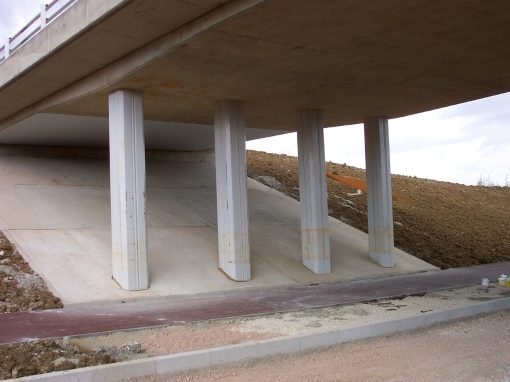
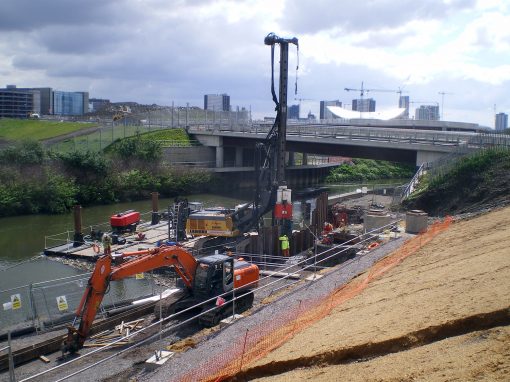
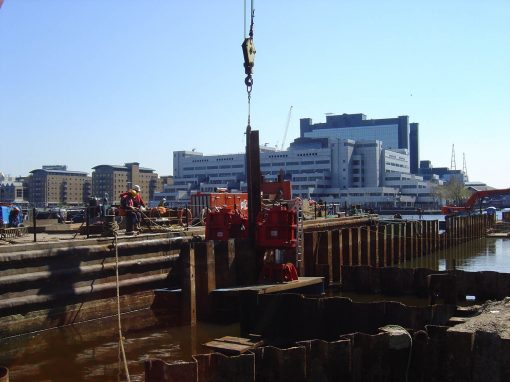
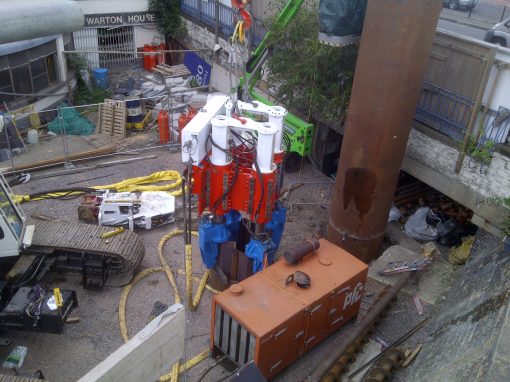
Steel Piling Group, C/O SCI, Silwood Park, Unit D, Buckhurst Road, Ascot ,Berkshire. SL5 7QN
E: info@steelpilinggroup.org

© Copyright 2018 Steel Piling Group
Terms & Conditions | Privacy Policy
